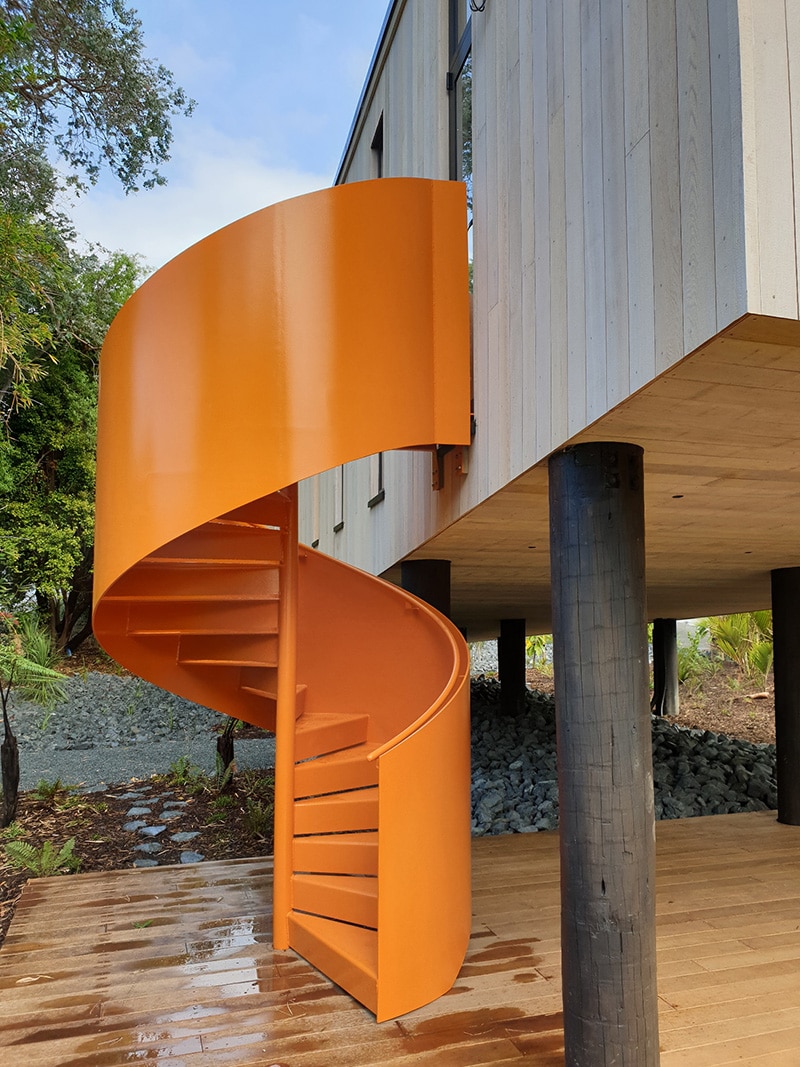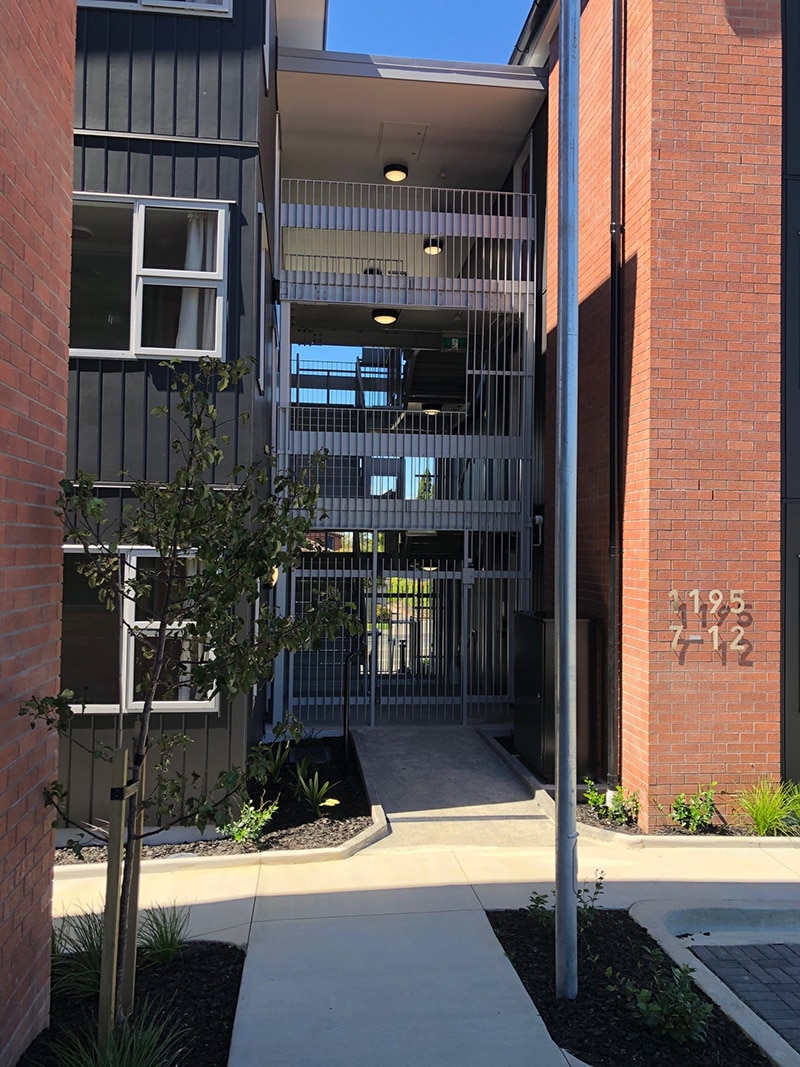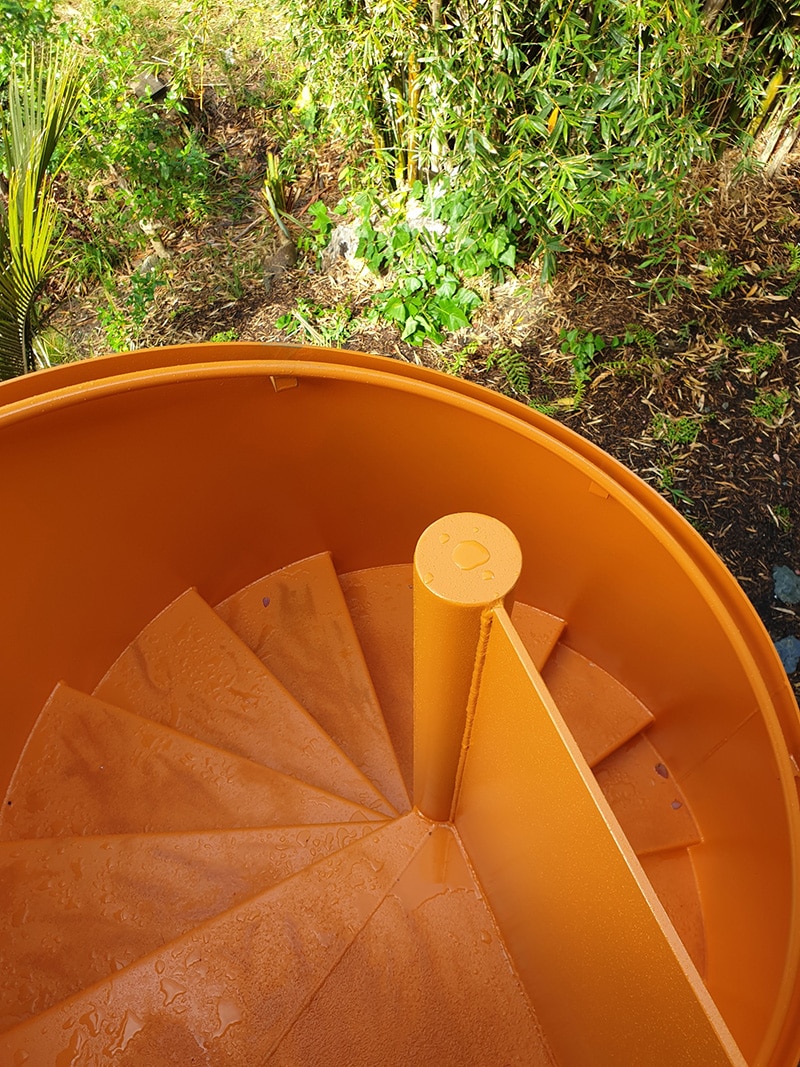We have drafted this industry note to inform builders and Quantity Surveyors on how to deal with intumescent paint on projects.
The points below have been formulated based on several years of reviewing residential projects, talking with paint applicators and speaking with a Certified Coatings Inspector.
Pengelly’s aim – is to reduce the commercial risk and achieve a fit for purpose result on the projects coatings.
With regard to intumescent and exterior exposed steel, extra care and attention is required to this specialization and is outside of a traditional structural steel tender.
Because it takes a level of knowledge and experience many fabricators are not quoting this part of the project and making it someone else’s problem.



Fire Rated Paint – the current state of play
- Architectural plans are usually insufficient and do not detail each piece of steel that requires fire rating.
- Statements like FRR 60/60/60 are not sufficient to quote from as each piece of steel will require different thicknesses of paint so the items need to be documented this way to price.
- There are many types of fire rated paint – all have different characteristics, some are not good outdoors, some are very soft so should be concealed behind claddings and linings. Most systems will need onsite touch ups because of their soft nature and transportation damage being inevitable. If architecturally exposed steel they will need a urethane top coat.
- We are seeing some systems specified that might not hold up well in the environment they are in – so caution is needed as is sound independent advice.
- For the best and most accurate pricing a layout drawing should be supplied (3D is good) –a list can then be created from the 3D drawings to send to the paint supply company to create the schedule of paint thickness, then the applicator supplies a price to apply this schedule.
- The above process can take weeks to enable the paint company and applicator for a schedule and price. Note typically this is not resolved at tender time so a firm price can be not be issued by the builder.
- ONSITE or OFFSITE painting
- Onsite reduces quality and requires touch ups. The benefit is that it is already on site, but the weather can hold up application.
- The system specified needs to be fit for purpose – so much caution in getting the right advice here.
- Offsite is applied in a controlled environment by an industrial and licenced applicator to achieve a higher and measured standard. Note touch ups are to be done by approved applicator to get the PS3. This cost must be budgeted for in the tender process.
- Offsite painting can be a fixed price if the documentation is clear.– whereas onsite usually has tags(weather, access) and is usually based on a charge up cost structure. This where the builder typically loses margin.
- All paints should be applied by a licensed applicator that is endorsed by the paint company to apply the system and have a QA checklist for measuring the application – so a PS3 can be issued to council.
- Exterior architecturally exposed structural steel – should have galvanic protection over steel prior to applying paint systems. Galvanic protection comes as hot dipped galvanizing HDG600 (note HDG900 is seldom achievable in steel under 10mm thick) or Thermal Zinc Spray TZS150-200S. We believe the sometimes specified PUR5 systems are at a high risk of steel corrosion.
- Exterior architecturally exposed structural steel can be applied onsite or offsite, the applicator should be experienced in applying the urethane top coat over the fire rated paint.
- We suggest that other fire rating systems should be implemented – such as fire rated gib, hardies systems, and grout filled posts. These systems are already part of the traditional building process so will not hold up the build schedule and achieve the same end.
- In many instances the fire rated paint should be designed out of residential low rise buildings due to the cost. In some cases you will reduce building costs by utilising other design techniques, or just ask the engineer to increase the size/gauge of the steel to stand up to the post fire stability requirements (this can sometimes cost less overall than using fire rated paint).
- We would suggest for accurate and fair pricing – that fire rating is not part of the steel contract, but an area of specialisation and involves separate tendering.
- For architecturally exposed steel. We have found that supplying steel with a galvanic protection (thermal zinc spray or hot dipped galvanising) and then applying the appropriate epoxy undercoat on a sand/sweep blasted galvanised surface will give all the prerequisite requirements for a compliant onsite application of fire rated paint. This we can price. Note: if we only galvanise the steel then the applicator must blast the steel to meet the standard. Expensive and dirty if done on site. – caution some commercial jobs have had failures flagged by the council due to improper process control.
- Steel fabricators, coatings suppliers and applicators cannot accurately price fire rated coatings until step 5 and 6 are completed.
Hope this is of some help in the understanding of fire rated paint market.
